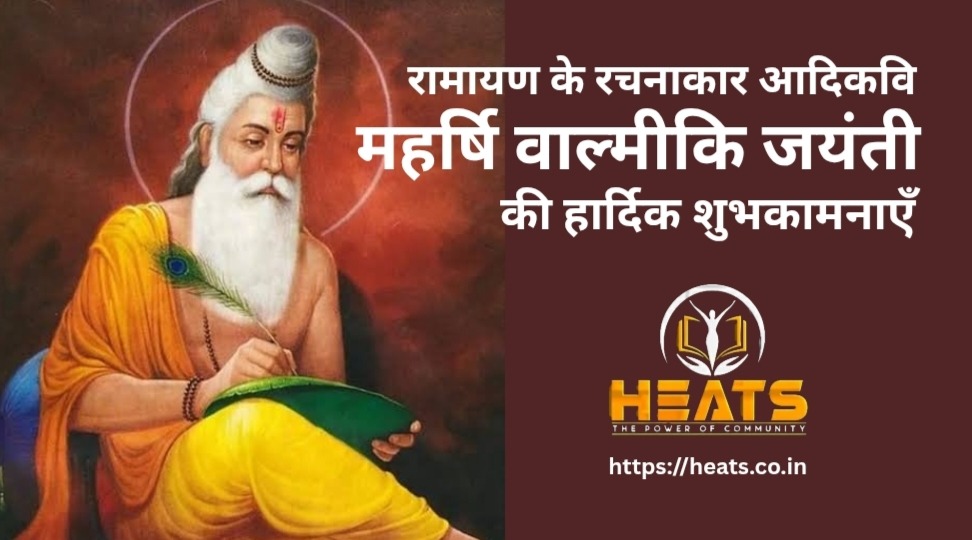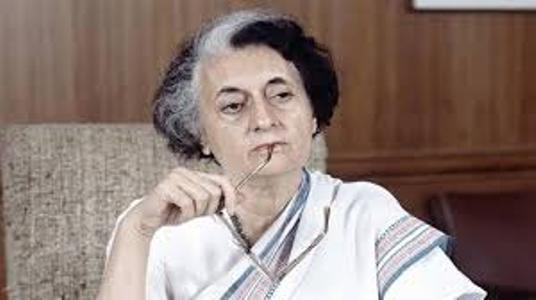Adikavi Valmiki-Life Story
(Source: Wikipedia)
Sage Valmiki, revered as the Adikavi (the first poet), composed the Ramayana, an epic consisting of 24,000 verses, narrating the life and deeds of Lord Rama.
According to legend, one day Valmiki was observing a pair of Krauncha birds (cranes) absorbed in love. Suddenly, a hunter shot down the male bird with an arrow. The female bird began to cry in sorrow. Deeply moved by this painful sight, words of compassion spontaneously flowed from Valmiki’s lips in the form of a verse:
“Mā niṣāda pratiṣṭhāṁ tvamagamaḥ śāśvatīḥ samāḥ,
Yat krauñcamithunādekam avadhīḥ kāmamohitam.”
Meaning:
“O cruel hunter! You killed one of the Krauncha birds who was deeply engrossed in love. May you never attain peace or glory for this merciless act.”
This spontaneous expression of emotion marked the birth of the first shloka (metrical verse) in Sanskrit literature, making Valmiki the first poet — the Adikavi.
After this divine inspiration, he composed the great epic “Ramayana”, also known as “Valmiki Ramayana”, which describes the life, virtues, and struggles of Lord Rama. In his epic, Valmiki mentioned the positions of the Sun, Moon, and constellations, reflecting his profound knowledge of astronomy and astrology.
During Lord Rama’s exile, He visited Valmiki’s ashram. Valmiki had complete knowledge of all the events of Rama’s life. It is said that Valmiki was a sage with divine vision, aware of the happenings of all three epochs — Satya Yuga, Treta Yuga, and Dvapara Yuga. Hence, he is also considered a creator and seer of the universe.
In Ramcharitmanas, when Lord Rama visited Valmiki’s hermitage, He humbly bowed to the sage and said:
“Tum trikāla darśī muni nāthā, visva badar jimi tumhare hāthā.”
Meaning: “O Sage! You are the knower of the past, present, and future. The entire universe lies in your hands like a berry in the palm.”
Valmiki’s mention is also found during the Mahabharata period. After the Pandavas’ victory, Queen Draupadi organized a great yajna (sacrifice), but the ceremony could not be completed as the sacred conch refused to sound. At Lord Krishna’s suggestion, the Pandavas prayed to Valmiki. As soon as he appeared, the conch blew by itself, and the yajna was successfully completed.
This miraculous event is also referenced by Saint Kabir:
“Supach roop dhar satguru aaye,
Pandavon ke yajna mein shankh bajaye.”
Meaning: “The true guru appeared in a humble form and blew the conch in the Pandavas’ yajna.”
Through his timeless wisdom, poetic genius, and divine insight, Adikavi Valmiki remains one of the greatest sages and literary figures in Indian history.
Best Compliments -HEATS



